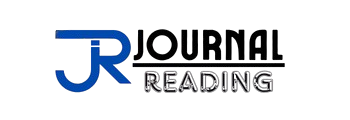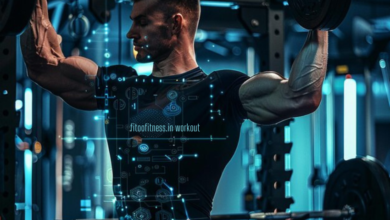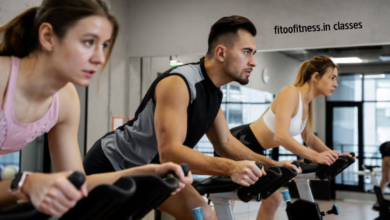Foto tecnicas en enfermeria tomando en bar
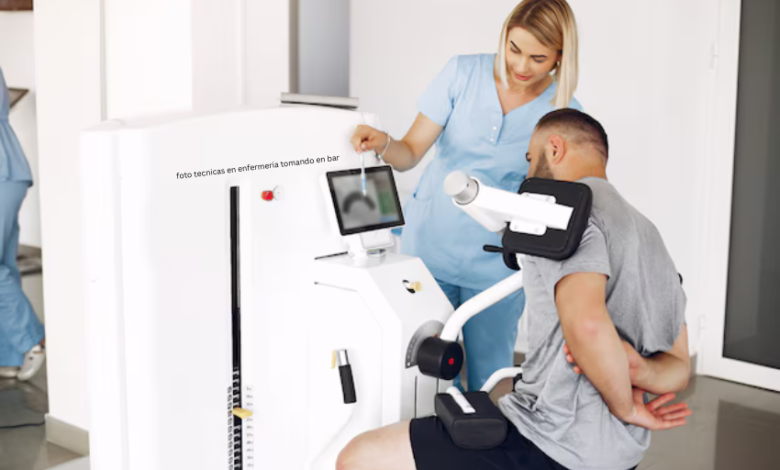
Importance of Photography in Nursing
Photography in nursing is vital for several reasons:
- Role of Documentation: Photographs provide an accurate and detailed record of patient conditions, treatments, and progress. This visual documentation is invaluable for monitoring changes over time and ensuring continuity of care.
- Enhancing Patient Care: Visual records can help healthcare providers communicate more effectively about patient conditions and treatment plans, leading to improved patient outcomes.
- Legal Aspects: Photographs can serve as crucial evidence in legal cases, ensuring that the care provided is well-documented and compliant with regulatory standards.
Basic Photography Principles
Understanding basic photography principles is essential for capturing clear and informative images:
- Exposure: Proper exposure is critical. Adjust the camera settings to balance the light entering the lens, ensuring that the images are neither too dark nor too bright.
- Composition Rules: Following composition rules such as the rule of thirds, leading lines, and framing can significantly enhance the visual appeal and clarity of photographs.
- Lighting Techniques: Good lighting is crucial. Utilize natural light when possible, and supplement with artificial lighting to eliminate shadows and highlight important details.
Types of Photography in Nursing
Nursing photography can be categorized into several types:
- Clinical Photography: Used for documenting patient conditions, injuries, and treatment progress. These photos are often included in patient medical records.
- Educational Photography: Captures images for training and instructional materials, demonstrating procedures, techniques, and equipment usage.
- Research Documentation: Involves photographing experimental setups, results, and processes to ensure accurate and reproducible research data.
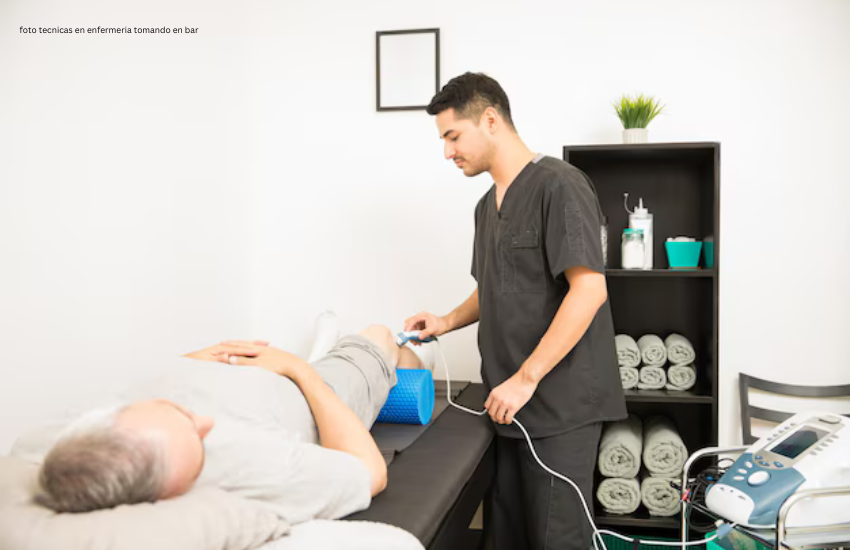
Equipment and Tools
The right equipment is key to successful nursing photography:
- Cameras and Smartphones: Modern smartphones with high-resolution cameras can be sufficient for many nursing photography needs. For more advanced requirements, digital SLR or mirrorless cameras offer greater control and quality.
- Lens Types: Macro lenses are ideal for close-up shots of wounds or small details, while standard lenses work well for general documentation.
- Lighting Equipment: Portable LED lights or ring lights can provide consistent illumination, reducing shadows and highlighting details.
- Storage Solutions: Ensure you have reliable storage options, such as external hard drives or cloud storage, to keep photos organized and secure.
Setting Up for Photography
Preparation is essential for effective nursing photography:
- Preparing the Environment: Ensure the area is clean and free from distractions. Arrange the space to optimize lighting and composition.
- Ensuring Privacy and Consent: Always obtain patient consent before taking photographs. Explain the purpose and how the images will be used.
- Safety Considerations: Follow infection control protocols to prevent contamination. Use disposable covers for equipment if necessary.
Photography Techniques for Clinical Documentation
Different techniques are suited for clinical documentation:
- Close-Up Shots: Essential for capturing detailed images of wounds, rashes, or other specific areas of interest.
- Full-Body Images: Useful for documenting the overall condition or changes in a patient’s appearance.
- Before and After Photos: Comparing images taken before and after treatment can visually demonstrate the effectiveness of interventions.
Techniques for Educational Photography
Educational photography requires a different approach:
- Step-by-Step Procedure Shots: Capture each step of a procedure to create comprehensive instructional materials.
- Demonstrating Techniques: Photos showing correct techniques can serve as a visual guide for students and new practitioners.
- Creating Instructional Materials: Use images to develop manuals, presentations, and online training modules.
Research Documentation Photography
Photographs are crucial in research documentation:
- Capturing Experimental Setups: Document the arrangement of equipment and materials to ensure reproducibility.
- Documenting Results: High-quality images of results, such as lab samples or test outcomes, support data integrity and analysis.
- Ensuring Reproducibility: Detailed photos help other researchers replicate experiments accurately.
Managing and Storing Photos
Proper management and storage of photos are essential:
- Digital Storage Solutions: Use high-capacity memory cards and external drives to store photos securely.
- Cloud Storage Options: Cloud services offer accessible and scalable storage solutions, allowing for easy sharing and backup.
- Organizational Tips: Develop a systematic approach to labeling and categorizing photos to ensure they are easy to locate and reference.
Legal and Ethical Considerations
Adhering to legal and ethical guidelines is paramount:
- Obtaining Consent: Always get informed consent from patients before taking photos. Clearly explain the purpose and use of the images.
- Protecting Patient Confidentiality: Ensure that photos do not include identifiable information unless necessary and permitted.
- Compliance with Regulations: Follow healthcare regulations and institutional policies regarding photography and patient privacy.
Enhancing Photography Skills
Continuous improvement is vital for quality photography:
- Training Programs: Attend workshops and training sessions to enhance your photography skills.
- Online Resources: Utilize online tutorials and courses to learn new techniques and stay updated with advancements.
- Hands-On Practice: Regular practice helps improve your ability to capture high-quality images quickly and efficiently.
Common Challenges and Solutions
Addressing common challenges ensures better results:
- Dealing with Low Light: Use additional lighting or adjust camera settings to improve image quality in low-light conditions.
- Managing Reflections: Position lights and subjects to minimize reflections, especially when photographing shiny surfaces.
- Overcoming Patient Movement: Use faster shutter speeds to capture clear images even if the patient moves.
Case Studies in Nursing Photography
Examining real-world examples provides valuable insights:
- Real-World Examples: Review case studies where photography significantly impacted patient care, education, or research.
- Lessons Learned: Analyze challenges encountered and solutions implemented to improve future practices.
- Best Practices: Compile a list of best practices based on case study findings to guide nursing photography efforts.
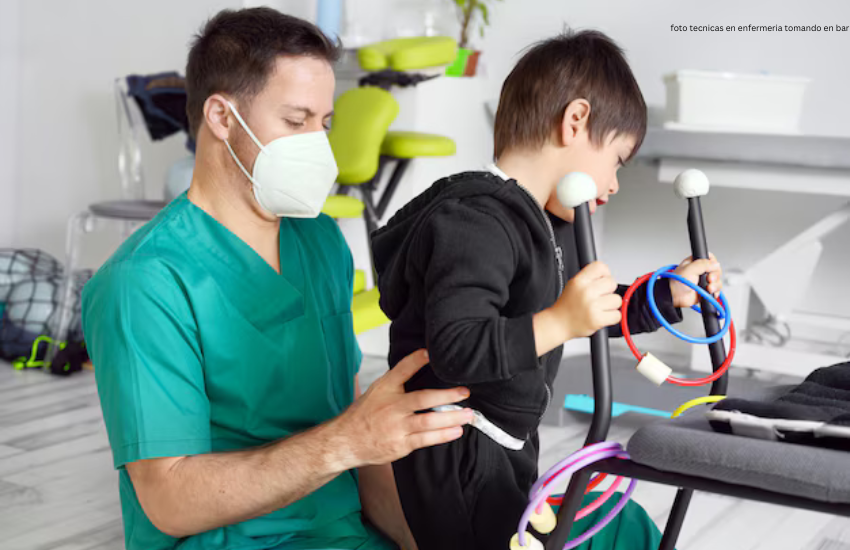
Future Trends in Nursing Photography
Stay ahead by understanding future trends:
- Advancements in Technology: Explore new camera technologies and software that enhance photo quality and ease of use.
- Integration with Electronic Health Records: Investigate how photos can be seamlessly integrated into electronic health records for better documentation.
- Emerging Applications: Consider new applications for photography in nursing, such as telehealth and remote consultations.
FAQs About Nursing Photography
- What types of photos are most useful in nursing?
- Clinical documentation, educational materials, and research documentation photos are most useful in nursing.
- How to ensure patient privacy?
- Obtain informed consent, avoid capturing identifiable information, and store photos securely.
- What are the best tools for nursing photography?
- High-resolution smartphones, digital SLR or mirrorless cameras, and proper lighting equipment are ideal tools.
- How to improve photo quality in low light?
- Use additional lighting, adjust camera settings, and consider using a tripod to stabilize the camera.
- What legal considerations must be taken?
- Obtain patient consent, protect confidentiality, and comply with healthcare regulations and institutional policies.
- Can photos be used for training purposes?
- Yes, photos are invaluable for creating training materials, demonstrating procedures, and enhancing educational content.
Conclusion
Photography in nursing is a powerful tool that enhances documentation, education, and research. By understanding and applying effective photo techniques, nurses can significantly improve patient care, create valuable educational resources, and contribute to research initiatives. Ensuring ethical practices and continuously improving skills will further maximize the benefits of photography in nursing.
